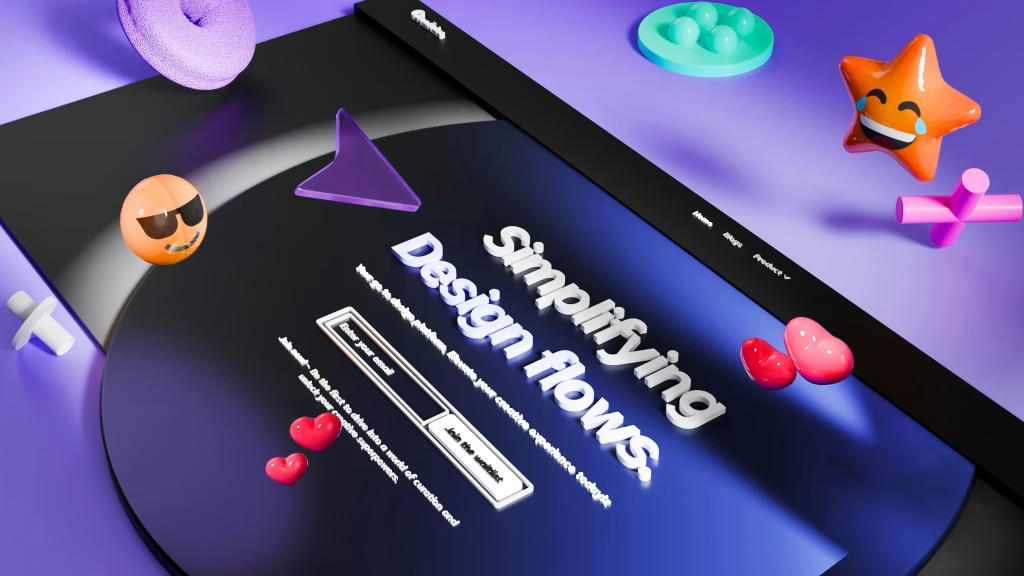In a world where visual communication holds immense power, graphic design emerges as an art form that transcends boundaries and captures attention like no other. From logos to websites, advertisements to packaging, graphic design is ubiquitous in our daily lives. This article delves into the fascinating realm of graphic design, exploring its importance, principles, and impact on various industries.
Visual communication is an essential aspect of human interaction, and graphic design acts as its facilitator. Combining typography, colors, images, and layout, graphic designers skillfully craft visuals that convey messages, evoke emotions, and captivate audiences. Through this harmonious interplay of elements, graphic design bridges the gap between information and comprehension, transforming complex ideas into accessible and visually appealing representations.
The Role of Graphic Design in Industries
Graphic design plays a pivotal role in numerous industries, leaving an indelible mark on branding, marketing, and user experience. In the realm of branding, a well-designed logo serves as the face of a company, encapsulating its values and creating a memorable visual identity. From Apple’s iconic apple symbol to Nike’s swoosh, logos have become instantly recognizable symbols, etching themselves into the collective consciousness. In marketing, graphic design serves as a persuasive tool, aiding companies in conveying their message effectively. From eye-catching advertisements to engaging social media posts, graphic design elevates marketing campaigns, capturing attention and inspiring action. By carefully selecting colors, typography, and imagery, designers create visual narratives that resonate with target audiences and enhance brand recognition. The digital landscape owes much of its appeal to the expertise of graphic designers. Web design, user interface (UI), and user experience (UX) design all rely on the principles of graphic design to create visually pleasing and intuitive digital experiences. Whether it’s a website, mobile application, or interactive interface, graphic design enhances functionality and ensures seamless navigation.
Principles of Graphic Design
While the world of graphic design is vast and ever-evolving, several fundamental principles underpin its practice. These principles guide designers in creating harmonious and impactful compositions: Balance: Achieving visual equilibrium by distributing elements evenly, be it symmetrical or asymmetrical balance, creates a sense of stability and order. Contrast: Employing contrasting elements such as color, size, and shape enhances visual interest and creates emphasis, directing the viewer’s attention. Typography: The choice of fonts and typography influences the readability, mood, and tone of a design, allowing designers to convey messages effectively. Color Theory: Colors evoke emotions and convey meaning. Understanding the psychology of colors helps designers create designs that align with the intended message and elicit desired responses. Grids and Layout: Establishing a grid system and organizing elements cohesively aids in creating hierarchy, flow, and visual structure within a design.
The Evolving Landscape
As technology advances and design trends shift, graphic design continues to evolve. Modern-day designers embrace digital tools, software, and techniques to push the boundaries of creativity. From motion graphics and interactive designs to augmented and virtual reality experiences, graphic design ventures into new realms, engaging viewers in captivating and immersive ways.
Graphic design embodies the marriage of art and communication, breathing life into ideas and captivating audiences with visual narratives. Its influence extends across industries, shaping the way we perceive and interact with the world around us. As we navigate an increasingly visual society, the artistry of graphic design will continue to be an indispensable tool, connecting us through its powerful visual language.




